Breast Cancer is Latest Cause to Grow Interest Through CT License Plate
/Connecticut, with more than 50 special license plates featuring everything from animals to war survivors, is headed toward adding another choice for state residents to purchase. Organizers of Seymour Pink, the grassroots initiative launched in 2009 to raise money and awareness for breast cancer, is looking to have a specialty license plate produced to show support for the cause, the New Haven Registered reported this week.

State law allows the Department of Motor Vehicles to issue of special background plates on behalf of non-profit organizations. The organization must be non-profit, must submit a copy of the organization's charter or by-laws, provide a letter of good standing from the State of Connecticut Secretary of State’s Office (if required) and supply any Internal Revenue Service ruling on their non-profit tax exemption status.
The logo production and cost incurred will be the responsibility of the organization. The logo prototype design, preferred in PDF format, must be submitted to the DMV. The logo can be no larger than 2 inches wide and 3.5 inches high. DMV has final approval on all the plate and logo designs.
A liaison for the organization must be appointed. This individual will be responsible for all communications with the DMV as well as certifying and authenticating (by signature) each member’s application, submitting the logo design to DMV for approval, submitting 400 applications with the required fee prior to the manufacturing of the special background plates, and submitting a Special Interest Plate disclaimer.
Seymour Pink Founder Mary Deming told the Register that 100 paid applications have been received from people who want to purchase a “Seymour Pink” license plate for their cars. The state Department of Motor Vehicles won’t begin production on the plate until Seymour Pink secures at least 400 paid applications, Deming said, indicating that Seymour Pink has set a tentative deadline of Jan. 15 to reach the needed 400 paid applications, the Register reported.
Many organizations in Connecticut offer license plates to their members and the general public. General categories include animals, colleges, environment, organizations, police and fire, cities and towns, and recreation.
Organization vanity plates include Amistad, Benevolent & Protective Order of the Elks, IUOE Local 478, Grand Lodge of Connecticut, Knights of Columbus, Olympic Spirit, P.T. Barnum Foundation Inc., Preserving Our Past CT Trust for Historic Preservation, Red Sox Foundation, Lions Eye Research Foundation, Special Olympics, Federated Garden Clubs, Fidelco Guide Dog Foundation, Keep Kids Safe, New England Air Museum and the U.S.S. Connecticut Commissioning Committee.
All fees established and collected pursuant to the United We Stand plate (except moneys designated for the administrative costs of the DMV) shall be deposited in the United We Stand commemorative account. Funds are directed to the United States Department of State Rewards for Justice program and is used solely to apprehend terrorists and bring them to justice. The account will also be distributed to the Secretary of the Office of Policy and Management for the purpose of providing financial support and assistance to the former spouses and dependents of persons killed as a result of the acts of terrorism committed on September 11, 2001.
 When individuals purchase a Keep Kids Safe plate, a portion of the fee goes to the Keep Kids Safe Fund, which “makes many worthy projects happen for youngsters.” The fund awards grants to schools, hospitals, municipalities and other non-profit organizations working to make all Connecticut children safer from severe and preventable injuries, according to the DMV website.
When individuals purchase a Keep Kids Safe plate, a portion of the fee goes to the Keep Kids Safe Fund, which “makes many worthy projects happen for youngsters.” The fund awards grants to schools, hospitals, municipalities and other non-profit organizations working to make all Connecticut children safer from severe and preventable injuries, according to the DMV website.
In most cases, remake of a current plate is $70; a new vanity plate is $139, a new series plate is $50. For others, including the UConn Huskies plate, the price tag is somewhat different. Off-the-shelf license plates cost $55, remake of a current plate is $75, a new vanity plate costs $144, according to the DMV website.
The Support Our Troops plate sends a portion of the fee to provide funding for programs to assist Connecticut troops, their families and veterans. When you buy a Red Sox plate, a portion of the fees support and help fund academic scholarship programs in Connecticut.
Also included are 17 varieties of military specialty plates, including Disabled American Veteran, Gold Star Family, Iwo Jima Survivor, Korean War Veterans Association, Marine Corps League, Laos Veterans of America, Military Order of the Purple Heart, Pearl Harbor 1941, U.S. Submarine Veteran, National Guard Association of Connecticut, First Company Governor’s Foot Guard, First Company Governor’s Horse Guard,
Colleges with designated plates include Central Connecticut State University, Penn State Alumni, University of Hartford, University of Connecticut, and University of New Haven. Cities with available plates include Meriden, Norwich, and Stafford.
Organizations interested in launching a new special plate, should contact the DMV Special Plate Unit at (860) 263-5154 for further information.



 The report also indicates that “most participating primary care and specialist physicians are board certified, with increases in the percentage of providers by company from 2013 to 2015.”
The report also indicates that “most participating primary care and specialist physicians are board certified, with increases in the percentage of providers by company from 2013 to 2015.”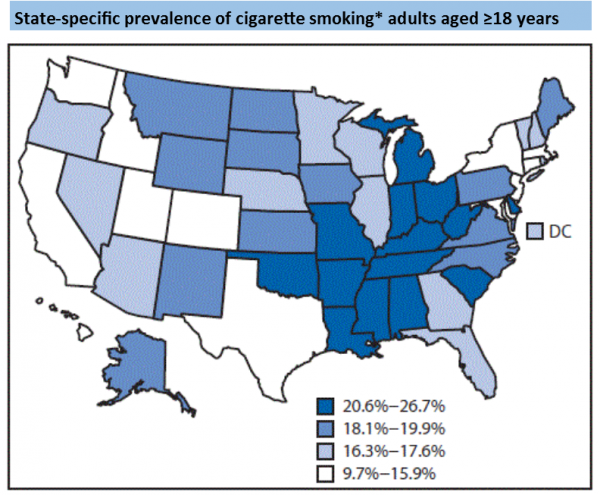
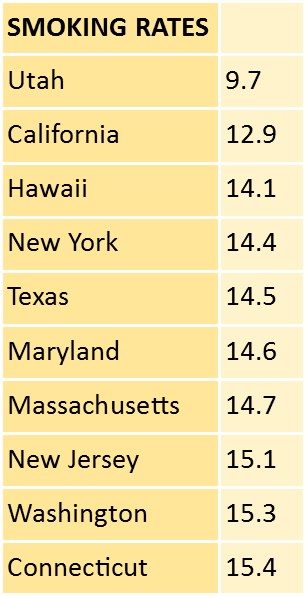 Prevalence of any cigarette and/or smokeless tobacco use ranged from 11.3% (Utah) to 32.2% (West Virginia). Connecticut was 15.3 percent.
Prevalence of any cigarette and/or smokeless tobacco use ranged from 11.3% (Utah) to 32.2% (West Virginia). Connecticut was 15.3 percent.

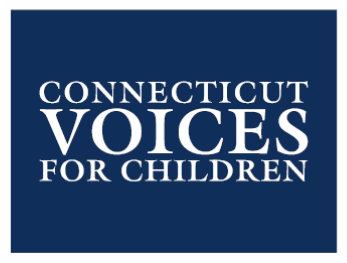
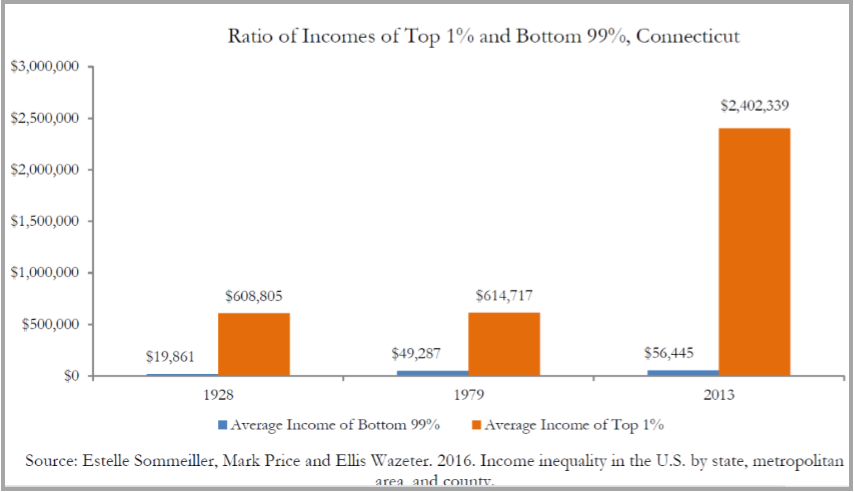
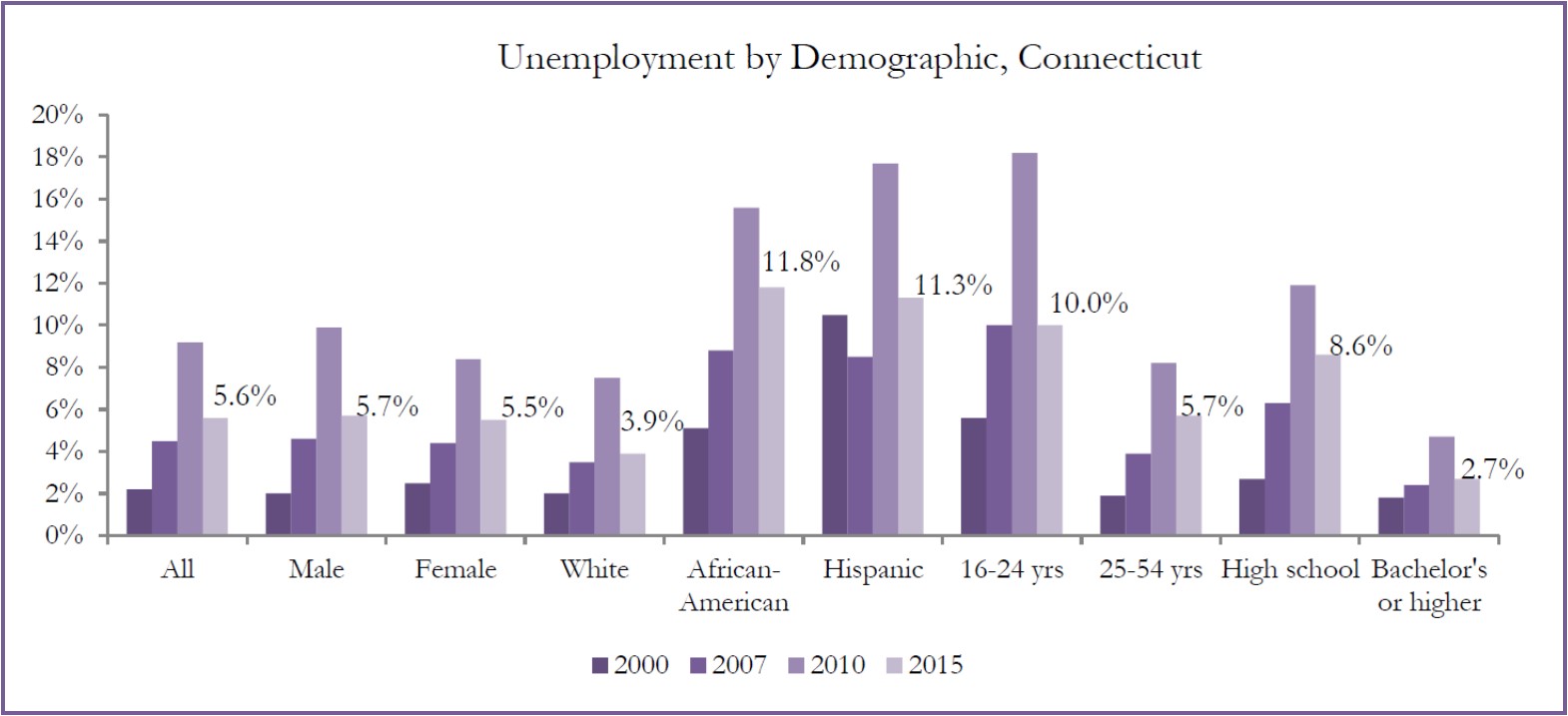

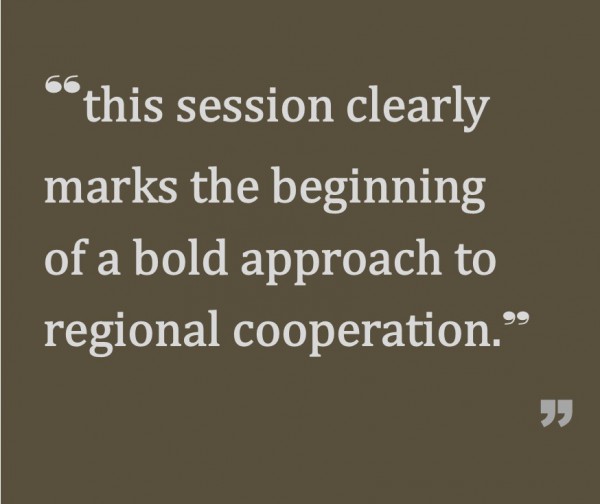
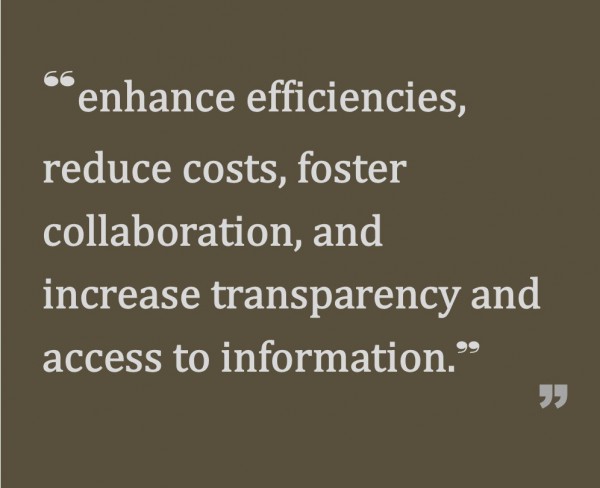
 In Connecticut there are 4,071 children in foster care, with 74 percent in family placement and 24 percent in non-family placement, exceeding the national average, according to the report. That compares with 84 percent in family placement and 14 percent in non-family placement, nationally. Only Colorado (35%), Rhode Island (28%) and West Virginia and Wyoming (27%), had a higher percentage of foster children than Connecticut in a non-family placement.
In Connecticut there are 4,071 children in foster care, with 74 percent in family placement and 24 percent in non-family placement, exceeding the national average, according to the report. That compares with 84 percent in family placement and 14 percent in non-family placement, nationally. Only Colorado (35%), Rhode Island (28%) and West Virginia and Wyoming (27%), had a higher percentage of foster children than Connecticut in a non-family placement.
 Among the report’s findings across the United States:
Among the report’s findings across the United States: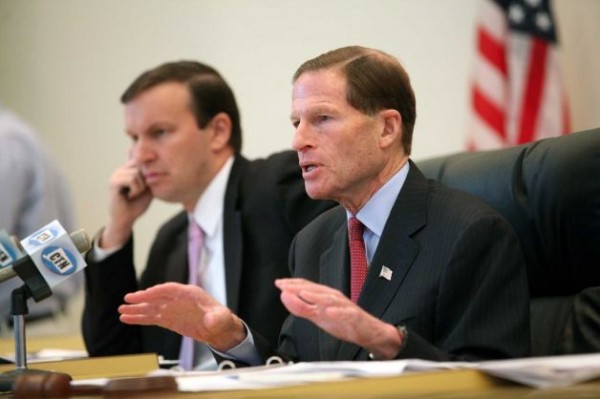

 No state has a higher opinion of its two senators than Vermont. Sanders’s colleague, Patrick Leahy (D), the longest-serving member of the Senate, begins his campaign for re-election with a 71 percent approval rating, the fourth-highest job performance mark in the Senate.
No state has a higher opinion of its two senators than Vermont. Sanders’s colleague, Patrick Leahy (D), the longest-serving member of the Senate, begins his campaign for re-election with a 71 percent approval rating, the fourth-highest job performance mark in the Senate. ganization’s website, is to help build those places.
ganization’s website, is to help build those places. The submission by the City of Stamford of the Glen Brook Springdale TOD Plan is “a fine example” of creating “great livable and walkable spaces and bringing life back” to the area, the organization pointed out. In selecting the Stamford plan, the Chapter said “The City initiated the study in order to promote much-needed public space improvements and to unlock the potential of each village as a transit-focused location for development. It promotes support and cooperation between the public and private investment for needed rail improvements and to promote walkability and bikability. The resulting plans are transit oriented development pockets and rail station improvements which lay a framework the land owners, developers and the City for good, strong New Urban development and improvements.”
The submission by the City of Stamford of the Glen Brook Springdale TOD Plan is “a fine example” of creating “great livable and walkable spaces and bringing life back” to the area, the organization pointed out. In selecting the Stamford plan, the Chapter said “The City initiated the study in order to promote much-needed public space improvements and to unlock the potential of each village as a transit-focused location for development. It promotes support and cooperation between the public and private investment for needed rail improvements and to promote walkability and bikability. The resulting plans are transit oriented development pockets and rail station improvements which lay a framework the land owners, developers and the City for good, strong New Urban development and improvements.”
 The awards will be
The awards will be 

 As the Westfair website describes, “In keeping with its founders’ principles, the newspapers focus on the local and regional business community with news and information that are helpful to business people. As a premier source of business information on matters of concern and interest …Westfair business publications and its website westfaironline.com, provide up-to-date news and information on issues important and pertinent to the regional business marketplace.”
As the Westfair website describes, “In keeping with its founders’ principles, the newspapers focus on the local and regional business community with news and information that are helpful to business people. As a premier source of business information on matters of concern and interest …Westfair business publications and its website westfaironline.com, provide up-to-date news and information on issues important and pertinent to the regional business marketplace.”


























